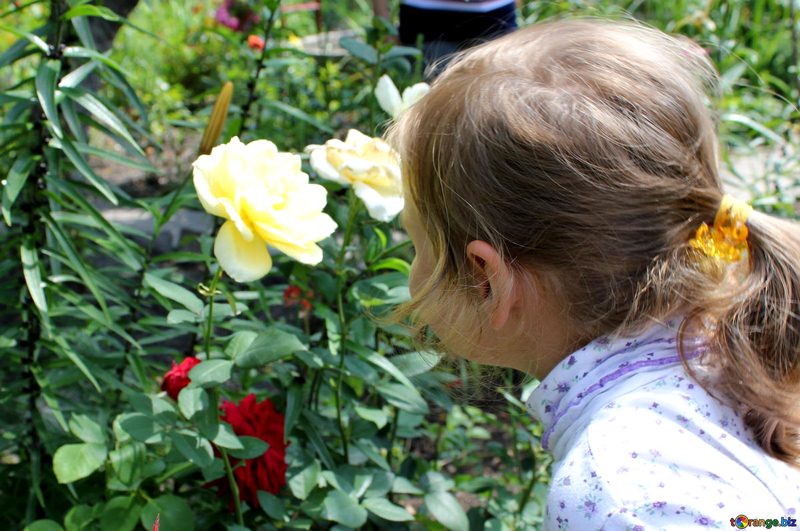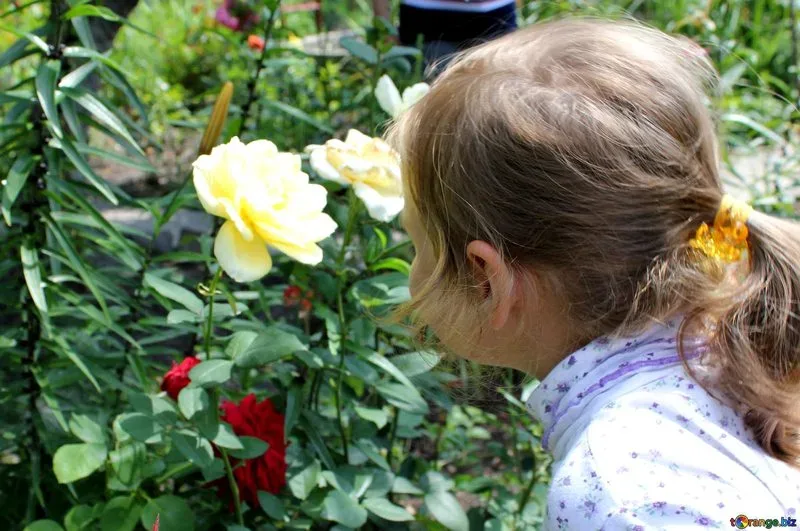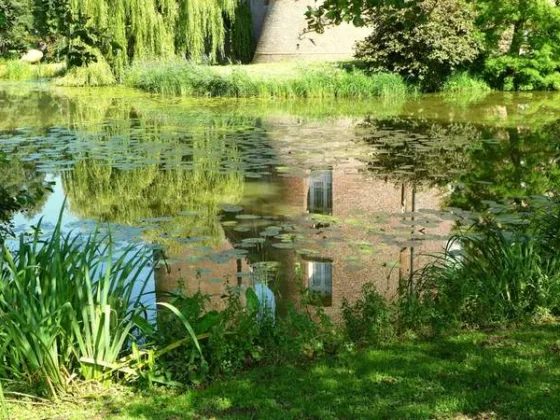National Wildlife Federation program encourages organic gardening, use of native plants and improved habitat for local wildlife including songbirds, butterflies, and frogs.
In response to declining songbird, frog, butterfly and native plant populations, the National Wildlife Federation (NWF) has developed a certification program for those who chose to create wildlife-friendly habitat in their own yards.
NWF provides tips on attracting a variety of wildlife and ways to ease neighbors’ concerns and, hopefully, get them involved too.
Songbird, butterfly and amphibian populations are decreasing all over the world. Concerns about invasive aliens and the need for water conservation has renewed interest in protecting native plant species. But the average person struggles to know what to do to help. It is easy to be overwhelmed with so many issues to consider. Here’s a way to contribute on a local level.

The Certified Wildlife Habitat Program
The NWF’s Certified Wildlife Habitat program, which now includes well over 90,000 habitats, is a great place to start.
Their website gives a step by step how-to plan for converting your garden into a wildlife habitat, complete with a series of tips sheets on everything from attracting butterflies and songbirds to ensuring your backyard wildlife habitat is neighbor-friendly.
Read Also:
The Benefits
Reduced Water Consumption
Native plants do not require extra watering the way lawns and cultivated species do.
Reduced Pesticide Use
By choosing native plants, especially ones that are natural bug repellents, and encouraging insect-eating birds and amphibians into the garden, the need for pesticides is reduced.
Improved Air, Water and Soil Quality
Organically gardened habitats contribute to improving the environment by reducing the use of power equipment such as lawnmowers, pesticides, and water. Composting improves soil quality and reduces the need for chemical fertilizers.
Reduced Work
Once the garden is redesigned as wildlife habitat maintenance will be reduced, with many of the plants taking care of themselves. This leaves the gardener free to enjoy the birds, butterflies, and flowers that will be attracted to the garden.
Increased Bird, Butterfly and Native Flower Populations
By providing habitat, a few bird feeders, and butterfly-friendly flowers, gardeners will be contributing to the recovery of many native species that are in decline.
Increased Frog, Dragonfly and Damselfly Populations
For those who have room for a small to the medium-sized pond, the added bonus of aiding endangered and threatened dragon- and damselfly populations, as well as amphibians, including many frogs which are threatened by disease and habitat loss.
Personal Satisfaction and Enjoyment
Besides feeling good about doing something to improve the local ecosystem, a Certified Wildlife Habitat will provide hours of enjoyment from watching birds come to the feeders to seeing butterflies on native flowers, to watching tadpoles grow into frogs in the pond.
To optimize the effort put into a Certified Wildlife Habitat, it will be important to get others in the neighborhood involved.
Wildlife prefers contiguous habitat where they don’t have to move into open spaces with high exposure to predators. Creating a wildlife corridor through the neighborhood adds greatly to the value of each new Certified Wildlife Habitat.










